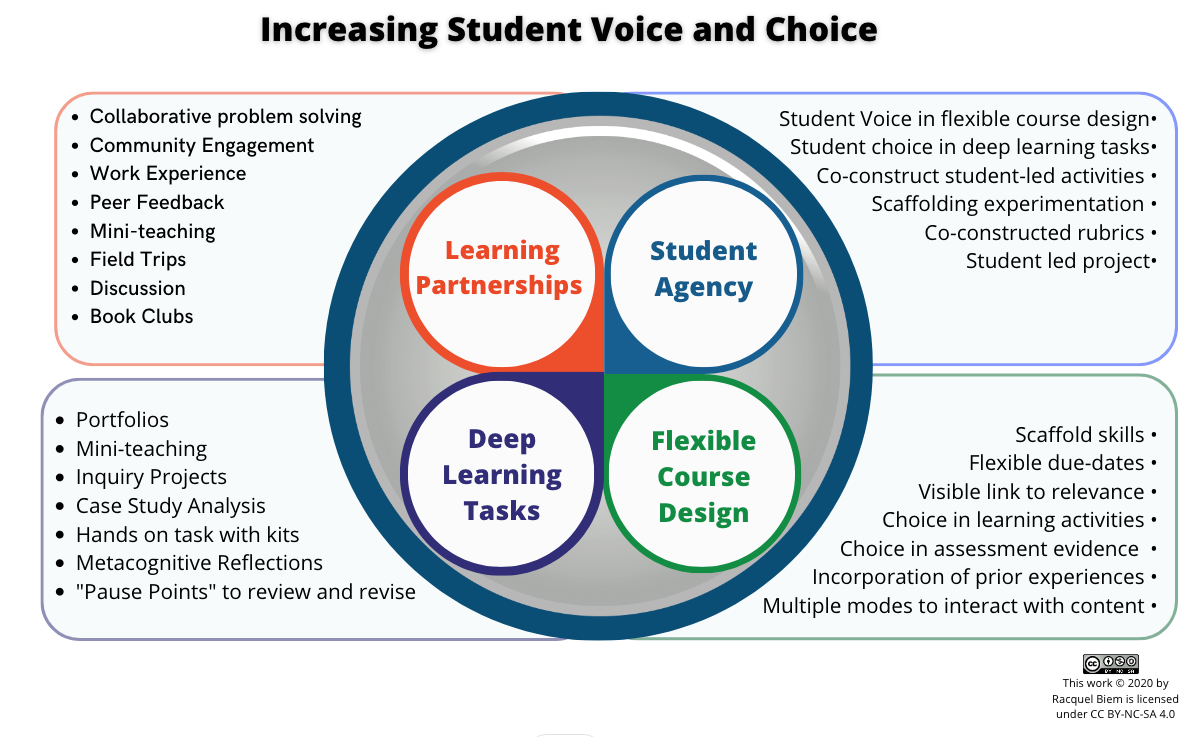Objectives: Pausing in the “Ordinary” Experiences of Learning
 When planning to teach, I like to create an overall road map that helps me discern not only where I’m headed but reminds me of where I’ve been and the places I stopped or struggled along the way. Let’s face it, almost all teachers have some degree of “content-itis.” We love information, and lots of it. Yet we often fail to realize when information is too much, when thinking foregoes feeling, analysis foregoes creativity, or when teaching foregoes learning. In her book, On Looking: Eleven Walks With Expert Eyes, Alexandra Horowitz discusses how our inattentiveness to the world around us stops us from seeing the “joy of the ordinary.” For instance, have you ever been in a course where the teacher clearly was the expert, but where you felt you never learned anything? (Davidson & Ambrose, 1994). Clearly, as Davidson & Ambrose (1994) argue, having expertise is not the only condition that leads to effective teaching.
When planning to teach, I like to create an overall road map that helps me discern not only where I’m headed but reminds me of where I’ve been and the places I stopped or struggled along the way. Let’s face it, almost all teachers have some degree of “content-itis.” We love information, and lots of it. Yet we often fail to realize when information is too much, when thinking foregoes feeling, analysis foregoes creativity, or when teaching foregoes learning. In her book, On Looking: Eleven Walks With Expert Eyes, Alexandra Horowitz discusses how our inattentiveness to the world around us stops us from seeing the “joy of the ordinary.” For instance, have you ever been in a course where the teacher clearly was the expert, but where you felt you never learned anything? (Davidson & Ambrose, 1994). Clearly, as Davidson & Ambrose (1994) argue, having expertise is not the only condition that leads to effective teaching.
Everyday, when my dog and I go for a walk, we travel the same route. Because I already know the way, sometimes I’m impatient, mostly because I’m bored. After reading Horowitz’s book, I have learned to enjoy our walks by slowing down, and pausing in the ordinary. When caught up in the frame of mind of going from one destination to another (home to the park, then back home again) it was easy for me to forget that for my dog, every walk is an adventure with different smells along the way. It made me realize that as a content expert, and a teacher with many years of experience, sometimes my lessons are just like my walks. I forget that because I already know the way, for my students learning can still be a new adventure. This reminds me to find the joy in the ordinary experience of learning: what did I first think and feel when I was introduced to this topic? Why does that matter? How can I make the experience that I once had as fulfilling and exhilarating for my students?
Now, when creating my road map, I don’t just think about the content. I think about what my students and I do and why that matters. This means that my objectives are not just cognitively oriented within Bloom’s taxonomy- they also fall into the affective and psychomotor domains. They are process-oriented and content-oriented. They focus on what matters most to the students- the ordinary experiences that sometimes I fail to see. My objectives are constantly changing because what works for one group of students doesn’t always work for another. I have to stop and pause in the ordinary experience of learning to discover what matters most to students. I have to listen, and as a result sometimes my students and I meander together, stopping here, pausing there along the way. By being attentive to my students in this manner, I have learned to embrace the “’joy of the ordinary” in the classroom. Even if the path is (or the objectives are) the same, the rhythm is different. This doesn’t mean that the destination isn’t important. It just means that there are many paths in embracing and experiencing the joy of learning along the way.
Davidson, C.I. and Ambrose, S.A. (1994). The new professor’s handbook: A guide to teaching and research in engineering and science. Bolton, MA: Anker Publishing Company, Inc.
Horowitz, A. (2013). On looking: Eleven walks with expert eyes. New York: Simon & Schuster.
Picture courtesy of david mills from geography.org.uk via Wikimedia Commons with a Creative Commons license (Attribution-Share Alike 2.0 Generic license).

